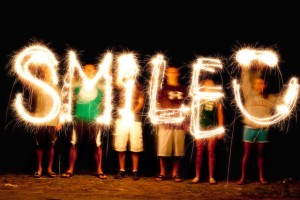Many different methods for treatment of TMJ disorders have surfaced over the years, but for real success you must address the true problem.
I’m noticing a lot of dentists are discovering the T-Scan system and using it to treat TMJ. It measures bite forces using digital sensors that act as computerized “bite paper” to show uneven pressures on teeth as you bite and chew.
I’ve used this technology for many years to balance night-guards, new dental work, and for checking the occlusion after braces. It isn’t necessarily indicated for patients who have clicking, popping, or locked jaws.
A damaged TMJ (the joint by your ear) will always cause the teeth to fit differently in some or many areas of the mouth. If your bite was comfortable before your jaws began to click or pop, adjusting the bite/teeth to fit a damaged joint will forever keep the damaged joint from getting better, right?
My approach is to first rehabilitate the damaged TMJ and then evaluate the bite. If it’s slightly off due to joint healing, we can fine tune it. Otherwise, adjusting the bite without improving the joint function doesn’t make much sense.
I see patients who have tried significant bite adjustments for a TMJ problem and have yet to see success, when looking at it from an orthopedic perspective.
Think of the TMJ and bite like a 3 legged stool; one leg is the bite (teeth) and each of the other two is the left and right TMJ. If one of the TMJ’s (leg of the stool) becomes damaged (clicking, popping, not moving well), adjusting the bite is akin to shaving down the “bite” leg of the stool until it stops wobbling. It becomes uneven to sit on. Using computer technology to precisely shorten the legs of the stools to get “even pressure” still leaves the stool uneven. Just like balancing the bite when one of the joints is damaged, will not restore the damaged joint.
Take care of the damaged TMJ first, in order to really correct the problem. When the TMJ is healthy, then address the bite issue.



